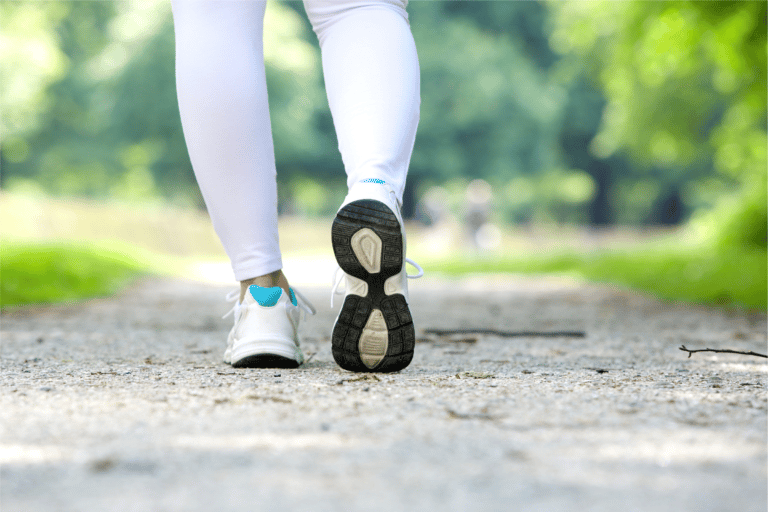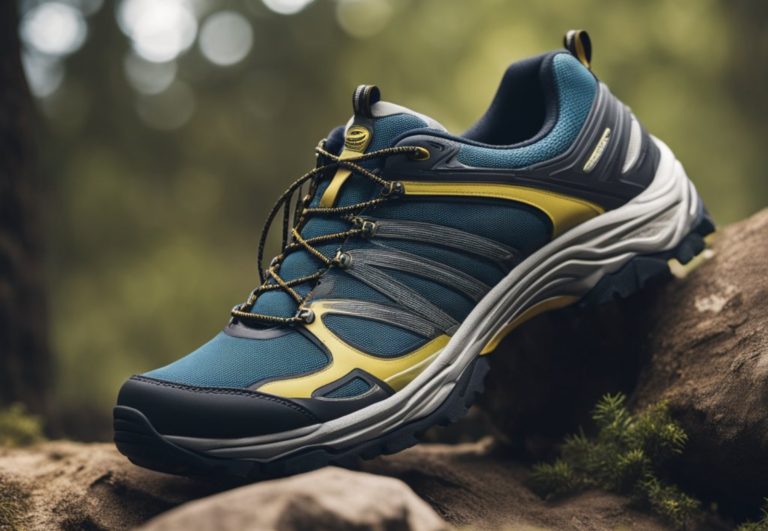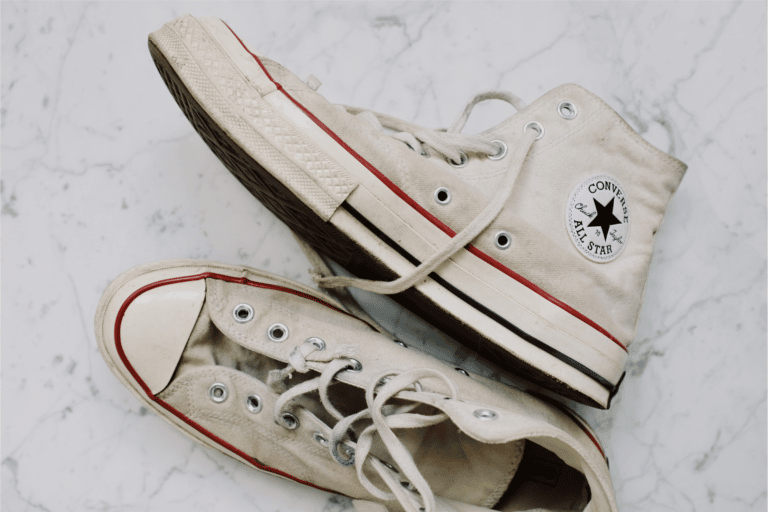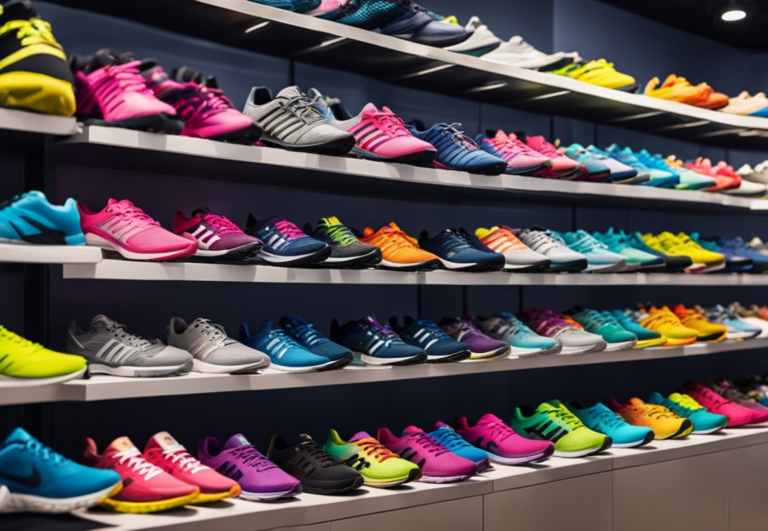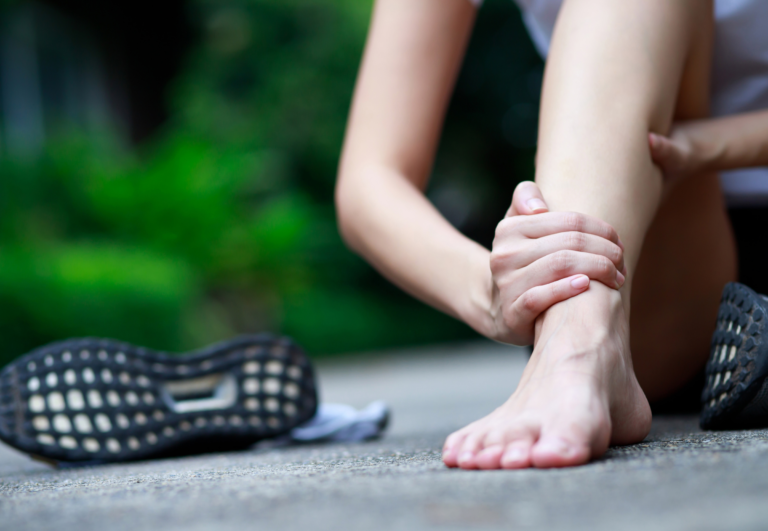How Should Running Shoes Fit Compared to Regular Shoes: A Guide to Perfect Fit
When shopping for running shoes, it’s important to know they may not fit the same as your regular footwear. Running shoes typically need to be a half to a full size larger to accommodate foot expansion during runs. They also come in wider options to ensure comfort as your feet swell.
A proper fit in the toe box is essential to avoid issues like bunions, with enough room for your toes to move without feeling compressed. Heel fit and ankle support are crucial for preventing injury, with a snug, not tight, fit to avoid slippage. The midsole should provide appropriate cushioning and arch support tailored to your foot’s shape, enhancing comfort and reducing injury risk.
Breathability is another key factor, with materials like mesh allowing air circulation to keep feet dry. Always prioritize a snug fit that still allows natural foot movement and accommodates slight swelling throughout the day.
Sizing Differences Between Running and Regular Shoes

When picking out your next pair of running shoes, it’s important to understand that the size and fit may differ from your casual shoes. Shoe size is just a starting point, as different types and brands of running shoes can affect the fit.
Typically, running shoes require a bit more space than regular shoes due to foot expansion during prolonged activity. This could mean selecting a running shoe that is a half size to a full size larger than your usual size.
| Shoe Type | Size Recommendation |
|---|---|
| Running Shoe | Your size + 0.5 to 1 |
| Casual Shoe | Your usual size |
Width is another facet to consider. Running shoes often come in a variety of widths to accommodate the swelling of the feet and provide increased comfort. It’s not uncommon to require a wider fit in a running shoe compared to what you’d need in a casual or dress shoe.
In shoe stores, a shoe fitting experience can help determine the proper fit. As every person’s foot size and shape is unique, having a salesperson measure your feet and guide you in your choice can be beneficial. It’s recommended to shop at a store later in the day when feet are likely to be at their largest.
Remember that the aim is a snug, secure fit without any pinching at the width and enough room to wiggle your toes. A proper fit in running shoes ensures a better running experience, reducing the risk of blisters and discomfort.
Toe Box Considerations
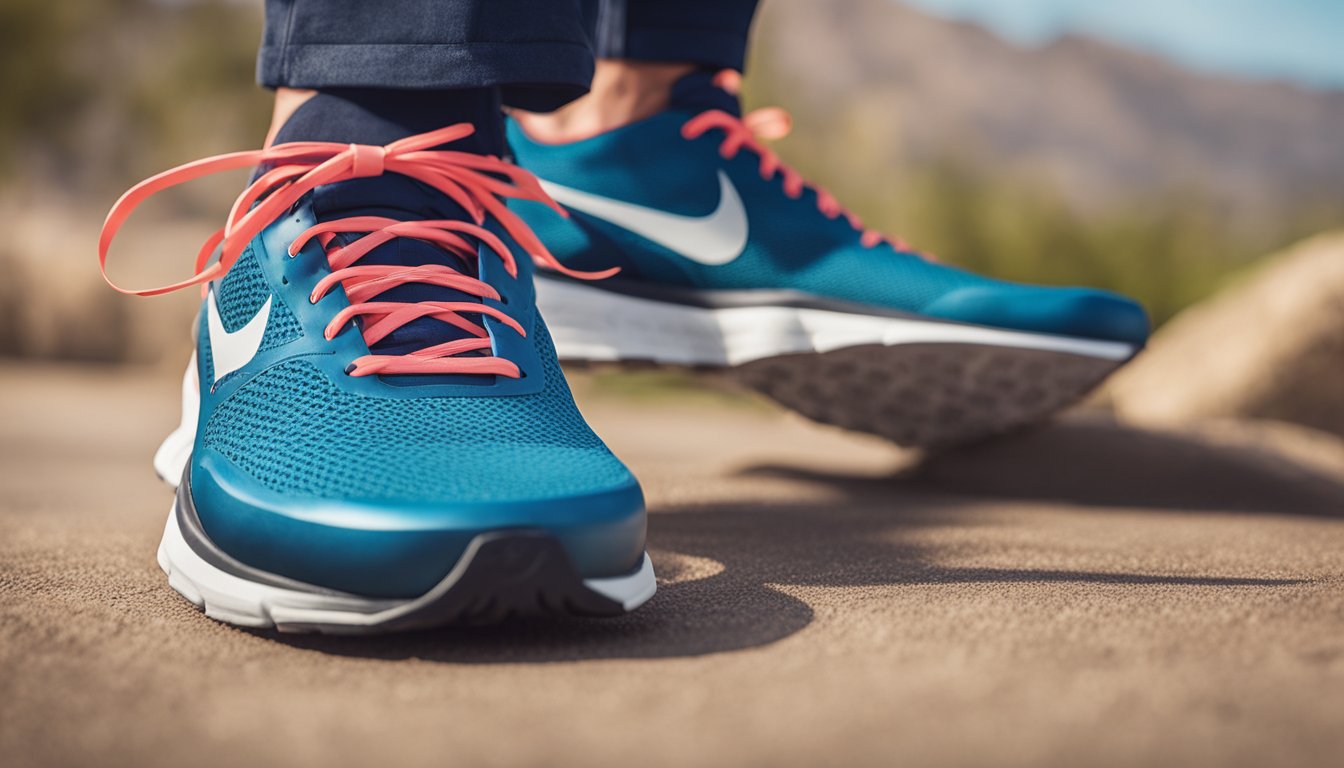
When selecting running shoes, the toe box is a crucial area. It should provide enough room for your toes to spread out comfortably. This helps prevent conditions like bunions and blisters that can arise from shoes that are too snug.
Width and Shape: Ensure the toe box accommodates the natural shape of your foot. People have different foot shapes, so look for a shoe that matches yours. If your foot shape is wide, seek out a shoe with a broader toe box.
Toe Fit:
- Snug vs. Roomy: A toe box that is too tight can lead to discomfort and issues like deformities. Conversely, too much room can cause lack of stability.
- Wiggle-Room: You should be able to move your toes slightly without them feeling compressed.
Comfort Check: Remove the insoles and stand on them. Your feet should not overlap the insoles’ edges. This trick can help you gauge the right amount of space and ensure a good fit for comfort during runs.
Heel Fit and Ankle Support

When selecting running shoes, the heel fit is crucial for both comfort and injury prevention. Your heel should fit snugly against the back of the shoe without being too tight. There should be minimal to no slippage at the heel when you walk or run, as this can lead to blisters or tendonitis.
Ankle Support plays a significant role in maintaining the structure and stability of your feet. A good running shoe will provide adequate support to prevent rolling and discomfort, which is particularly important if you have wide feet or foot issues.
If you notice any numbness, pain, or discomfort in the ankle area, the shoe’s structure may not be suitable for your foot shape.
| Shoe Width | Comfort | Ankle Support |
|---|---|---|
| Narrow | ✗ | ✗ |
| Just Right | ✓ | ✓ |
| Too Wide | ✗ | ✗ |
Comfort and fit go hand in hand; the heel cup—the part of the shoe that cradles your heel—should neither pinch nor leave too much space.
Podiatrists often emphasize that while everyone’s feet are unique, the heel fit should always be secure to help prevent injuries and support the ankle. If you continue to experience issues, consider consulting a specialist to ensure your running shoes provide the support your feet need.
Midsole and Arch Support

The midsole of your running shoes is where the magic happens for cushioning and stability. It’s designed to absorb impact, making each step gentler on your feet. When you’re checking the midsole, you should consider its length and how it aligns with the shape of your foot. It can be the difference between finishing your run with comfort rather than discomfort.
Arch support is critical; it should match the contours of your foot arches. Whether you have high arches or flat feet, proper arch support can help control pronation or supination, which refers to the inward or outward roll of your foot during movement. Finding the right fit can reduce the risk of injuries like plantar fasciitis.
At the end of the day, your feet might swell a bit, so it’s essential to choose a shoe that considers this natural swelling without compromising on support. If you frequently experience discomfort, it may be worth visiting a specialist to determine if you need orthotics, which are custom-designed insoles.
Finding Your Fit:
- For High Arches: Look for shoes that provide added cushioning to assist during gait cycles.
- For Flat Feet: Seek out shoes with a structured design for enhanced stability and motion control.
Your run should feel effortless. By selecting the right running shoes with the appropriate midsole and arch support, you ensure a smoother and more enjoyable running experience.
Breathability and Materials

When choosing a running shoe, the materials used in their design plays a big role in comfort and functionality. The upper material, which covers the top of your foot, should allow for breathability.
This means that during exercise, air can move freely around your foot, reducing moisture and helping prevent blisters and other foot issues.
| Material Type | Properties | Benefits for Running Shoes |
|---|---|---|
| Polyester | Lightweight, strong | Wicks sweat, dries quickly |
| Nylon | Durable, elastic | Supports movement, reduces odors |
In your quest for the perfect trainer, consider the upper. Shoes with a mesh upper are often recommended because they promote air circulation, especially around the midfoot and forefoot, where you’re prone to sweat more. Socks can also play a supporting role here. Moisture-wicking fabrics like polyester and nylon keep your feet dry and in harmony with the shoe’s breathability.
Running shoes usually come with varying levels of breathability depending on their design, with some focused on cooler climates and others on warmer conditions. For your running and walking comfort, look for a shoe size that aligns snugly to your foot shape without constricting.
This allows natural movement and better airflow inside the shoe, making your run or walk feel almost as breezy as your apparel.

